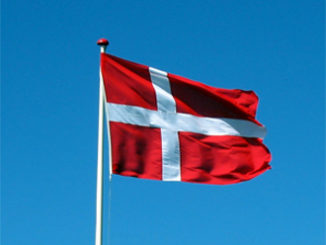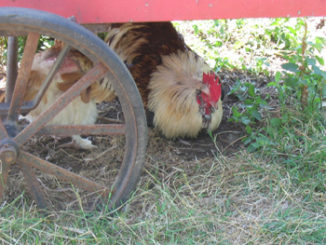 According to experts, livestock development policies have very often distorted market forces in favour of industrial systems to the disadvantage of family farmers who are crucial for the landscape conservation and environmental protection in the countryside.
According to experts, livestock development policies have very often distorted market forces in favour of industrial systems to the disadvantage of family farmers who are crucial for the landscape conservation and environmental protection in the countryside.
In the last five years Polish family farmers have experienced growing difficulty competing with imports of cheaper pork produced by other EU members. Most imported pork comes to Poland from Denmark (105,000 tonnes in 2007), with Germany and the Netherlands also exporting large amounts of this kind of meat to Poland.
As a result, according to Eurostat, many Polish farmers in the last couple of years have stopped raising pigs and many sows across the country have been culled. At the time of the EU accession in May 2004 hardly anybody in Poland anticipated the negative effects that joining the EU would have on Polish pig farmers – after several years of high pig meat prices following the date of accession, came a sharp decline for family farms pig husbandry.
According to the data published by the Main Statistical Office, in November 2008 there were 14.2 million pigs in Poland. This is the lowest the pig herd had been since 1983 during the communist era, when Poland was in deep economical crisis under martial law. Between 2004 and 2008 the total number of sows in Poland decreased by 27.7%, in 2008 some 4.6 million pigs disappeared since the last peak of the ‘pig cycle’ in July 2006. In May 2009 the New York Times summarised the situation by stating:
“The upheaval in the hog farm belts of Poland and Romania, the two largest EU members in Eastern Europe, ranks among the continent’s biggest agricultural transformations.”
In Poland, there were 1.1 million hog farmers in 1996. That number fell 56 percent by 2008, according to the Polish National Agricultural Chamber. In Romania, the number of pig farmers has declined 90 percent — to 52,100 in 2007 from 477,030 in 2003 — according to Eurostat, with ex-farmers, overwhelmed by lower prices, often emigrating or shifting to construction.
The pig husbandry crisis has not however affected Western Europe – while declining in Eastern Europe, in the EU as a whole the weight of pig meat produced picked up in 2007 when a maximum was recorded. Will Eastern Europe follow the suit of the United States where according to NYT “the number of American hog farms plunged 90 percent — to 67,000 in 2005 from 667,000 in 1980.”?




